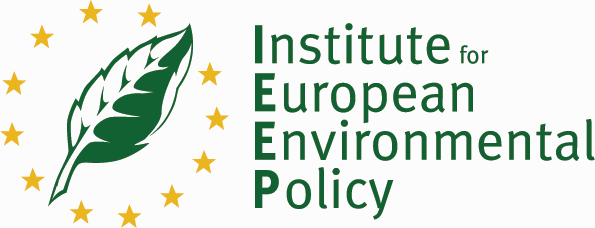Key messages:
- Location specific context is essential for developing and implementing nature strategies
- Business should focus on applying simple but complementary sets of spatial datasets and metrics together to assess locations and inform decision making
- New guidance developed through A-Track aims to help businesses navigate spatial datasets, including the core considerations required for different use cases
Nature is incredibly spatially diverse . Every location on the planet can be described through the biome and ecosystem types it sits within, as well as through the unique mix of species found there. In addition, any given location will have its own socio-ecological context, including specific values to local people, drivers of change in the state of nature and policy significance.
It is essential that businesses build an understanding of the locations they are operating in when developing nature strategies to properly understand their impacts and dependencies, capture risks and harness opportunities. That’s why location-centred decision making is front-and-centre in leading assessment and disclosure frameworks, notably TNFD’s LEAP framework and disclosure recommendations, as well as SBTN’s target setting methodology.
A wide range of spatial datasets and derived spatial metrics are available in the form of data layers that can help businesses to measure key aspects of the locations they interact with. This makes it challenging for businesses to navigate which datasets to apply, when and for which purposes. Often a narrow ‘framework compliance’ lens leads to discussions focused on which individual specific datasets should be applied over others and decisions centred on spatial resolution and coverage.
It is important however, for businesses to first ‘take a step back’ and ask some more fundamental questions, namely ‘What information are we trying to obtain from this spatial analysis, and what actions are we trying to inform? From here, key questions can be asked of any given spatial dataset, including:
-What aspect of nature does it measure, and importantly, what is it not capturing?
-Which stakeholder interests do these values represent and how is this aligned with our corporate strategy?
-What do the ’numbers’ within the dataset or metric actually reflect, what are they telling us and what do we do with them?
-Is this a dataset that helps us understand sensitivity to our specific actions or is it more suitable for high level screening only? If we take actions at that location, will they ‘show up’ in the dataset’s values?
By starting at these more fundamental questions, businesses can combine relevant complementary sets of metrics together to build simple, scalable but action-focused analyses that start to ‘build a narrative’ around nature at locations across their value chain. In turn, these narratives can support the design of tailored and effective strategies.
Our new handbook, produced for the ‘Embed Nature’ capacity building programme, aims to demystify the use of spatial data in decision making. Focusing on screening and characterising locations, the guidance includes:
-An overview of different types of spatial nature datasets and metrics and simple descriptions of commonly available metrics
-An overview of the roles that spatial datasets can play in assessments and nature strategies and the associated characteristics needed when applying them
-Worked through examples of applying spatial datasets in a direct operations and supply chain context
Over the coming months, A-Track will be delivering the first phase of the Embed Nature programme, including training sessions on location-specific decision making, building from this guidance. A-Track will also be delivering guidance on the role of natural capital accounting for more in-depth business decision making, which will further help business streamline their application of nature data to maximise insights and drive robust actions for nature.
Join upcoming Embed Nature sessions to learn more.











